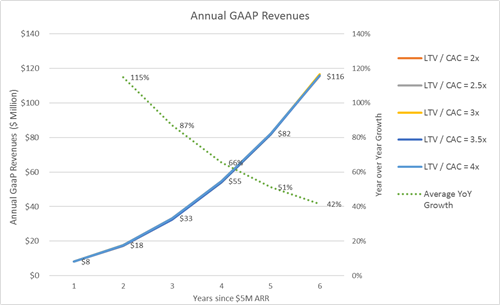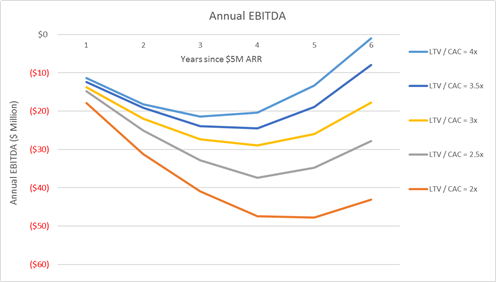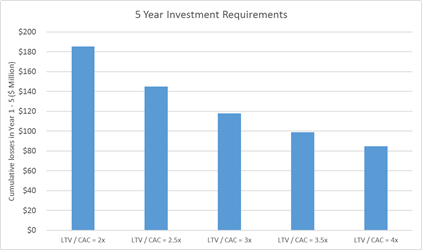Wrote the following guest post recently for Techcircle/VCCircle:
The retail commerce market in India is estimated to be worth nearly $500 billion per year. Despite several years of rapid growth, e-commerce still constitutes well under 1% of the retail market. The remaining 99% of retail is still offline and mostly local, which represents a large business opportunity. As a larger number of consumers in India are getting digitally connected, they are making use of online platforms like mobiles, smartphones and tablets to influence their offline purchase decisions, opening up massive new market opportunities.
Global disruption in local commerce
Globally, significant value has been created in the local commerce space by platforms that help buyers connect with local sellers and service providers. The last decade has seen the rise of B2C local commerce companies such as Angie’s List, Yelp, Groupon, Zillow, Trulia, RetailMeNot and Opentable – each a public company with over $1 billion in market capitalisation. These platforms help small merchants get discovered or chosen by consumers using various models such as listings, reviews and recommendations, deals, deep information and table reservations. Each of these models succeeded by aggregating a large number of local merchants on one side, and consumers on the other.
Over the last few years ubiquity of mobile, local and social has enabled a new class of collaborative consumption platforms, exemplified by AirBnB and Uber. These models have successfully opened up new forms of supply beyond traditional local merchants as well as transformed consumer behaviour meaningfully via the use of a social layer to create trust, the use of mobile, better UX and analytics to increase convenience as well as reduce information asymmetries between buyers and sellers. Innovative companies in this genre are beginning to disrupt large existing industries such as car rental and sharing (GetAround, RelayRides), local services (Thumbtack, TaskRabbit), ride sharing (Zimride, Ridejoy), car repair (Your Mechanic), local freelance work (Gigwalk), local experiences (Zozi, Sidetour) and even food consumption (Grubly). While the collaborative consumption space is still young, several of these companies will transform the way people discover and consume local services and products.
Local commerce in India
In India, the local commerce space is starting to see meaningful traction. JustDial has gone public and commands an impressive valuation. redBus built a valuable business by painstakingly aggregating numerous small bus operators to give the consumer a unified platform for bus bookings. BookMyShow and Zomato are growing rapidly with their vertical specialisation on entertainment and F&B industries. At NGP, we focus on this space and are investors in Quikr, a leading classifieds platform, DealsAndYou, a local deals and couponing platform, and several other companies globally.
The local commerce space in India is large and its digital intermediation is still in an early phase. The rapid penetration of internet and mobile internet along with consumers’ increasing propensity to transact online enables rapid future growth. There are 45 million small merchants in the country, of which under1% are estimated to currently have an online presence beyond basic listings. A growing number of merchants are looking to leverage online platforms in order to get discovered more effectively by consumers. Local merchants, especially those that sell higher margin services, spend a significant percentage of revenues directly or indirectly on various forms of marketing and customer acquisition. A substantial part of that spend will move online over the next several years.
Opportunities come with challenges
A brief way to summarise the key challenges in the Indian local commerce space is that there are limited barriers to entry, but tremendous barriers to scale. Creating a basic local commerce platform and getting it to market is not very hard. But getting and retaining a large number of merchants and consumers onto the platform in tandem is. Let’s summarise some key challenges and decision points associated with scaling local commerce platforms.
1. Developing a clear value proposition
There are already many types of digital platforms that help consumers connect with local businesses—search advertising, social pages, listings, classifieds, merchant websites, mobile apps, vertical specific content sites, deal platforms, ticketing and booking engines and much more. It is increasingly harder and more expensive to get consumers’ attention with yet another local commerce platform—unless it solves a large unmet need, enables a new experience, saves money or significantly reduces friction in an existing activity. Similarly, urban local merchants are confused by the large variety of platforms that they could potentially promote their businesses on. They may not typically understand technology or complex marketing terms, but implicitly look for good, demonstrable ROI on their spend and repeat business.
It is imperative to have a clear, compelling and ideally measurable proposition for both consumers and merchants. Eventually, for a local commerce business to sustain, there needs to be a natural pull from both consumers and merchants for the service. Aggregating merchants via large sales forces and aggregating consumers via marketing are otherwise likely to be ineffectual.
2. Creating the sales machinery
In India, convincing small local merchants of the value proposition of a new platform often involves multiple face-to-face meetings with the right decision maker, typically the proprietor. Moreover, small businesses are notoriously hard to collect payments from. Self-serve models are ideal, but will only work once the market reaches a higher level of maturity. Telesales and channel sales, which predominate in Western markets, only work in selected cases in India and often only in combination with own feet-on-the-street sales.
Creating and managing a well-oiled feet-on-the-street sales force is thus one of the key challenges to scaling a local commerce business in India, especially in the near to medium term.
For instance, JustDial has a team of thousands of sales people, and spends a significant percentage of its revenues on selling activities. The local sales infrastructure is one of the key barriers to entry for its competitors.
It is important to get the dynamics and unit economics of the sales team right. This involves careful, continuous planning and refinement around key areas such as: what type of sales persons to hire, which localities to focus sales efforts on, how to incentivise sales persons, what the up-selling strategy is, how to improve cash collection cycles, what the right target for ROI on sales costs is, and much more.
These questions don’t have any stock answers and each organisation must evolve its own set of answers.
3. Customer acquisition
On the other side of the demand and supply equation is customer acquisition. Getting consumers onto a platform is a slow and hard process—organic methods typically call for a great product with strong value proposition, and a long baking period for network effects, high search rankings and social virality to kick in. Trying to scale platforms any faster than the natural viral/SEO growth process entails higher spends on customer acquisition which is capital intensive.
Many local commerce models have strong network effects (i.e. scale provides disproportionate value to both buyers and sellers), and are consequently “winner-take-most” businesses. Therefore, unless a business has the luxury of limited competition for a long period of time (like what Craigslist did in the late 90s and early 2000s in the US), there is a compelling argument for ramping up customer traction rapidly.
The key is ensuring visibility into the right unit economics before investing heavily in customer acquisition. That is, can the customer acquisition costs be realistically offset by the customer lifetime value? It is here that many daily-deals oriented models faltered when they indulged in expensive marketing too soon.
4. Balancing marketplace dynamics
In local marketplace businesses, demand and supply need to be scaled in lockstep, locality by locality. The marketplace needs to have sufficient liquidity at the locality level in order for it to be relevant and valuable to both consumers and merchants.
The key questions then are: Given finite resources, do you go deep in a few localities (and risk leaving other markets to the competition), or do you go after a wide footprint and risk low liquidity and poor customer/merchant experience? Do you focus on one vertical or do you enter multiple verticals in an effort to expand more quickly? What metrics and proof points do you need to see in order to trigger expansion to additional cities?
Here, different platforms have taken varying strategies. Yelp grew organically for a number of years. It initially focused on a few cities, developed a set of processes for starting and scaling a new city, and then methodically rolled its platform out market by market, with a clear model to reach critical mass within a few months of entering a new city. Groupon, on the other hand, expanded across markets rapidly via heavy spending on its sales force and marketing, and additionally made a number of acquisitions in markets it hadn’t already entered.
5. Scaling operations and customer experience
Local commerce businesses can range from being purely informational to highly transactional. Typically, the closer a platform is to the transaction, the deeper the monetisation potential and ability to ‘own the customer’, but the more operationally intense it is.
For many local commerce businesses, the transaction (or merchant discovery/selection) happens in the digital layer, but the fulfillment happens offline, often by a merchant who may not directly own the customer. The presence of multiple parties in the transaction chain makes operations challenging. Moreover, customers tend to implicitly expect a higher level of customer service from online/mobile platforms than from local offline merchants. The online taxi dispatch and food delivery spaces are examples of local commerce businesses with high operational complexity due to the above reasons.
It is imperative to invest early in creating the team, culture and processes to put in place an operations function that not only supports the business, but also becomes a source of differentiation by creating customer delight.
It is challenging to build and scale up a local commerce platform, especially in emerging markets such as India. However, the opportunity is large and well worth the effort. Businesses which are able to overcome the aforementioned challenges create natural barriers to entry and are hard to replicate once at scale with defensible margins.
In this series of blog posts, we will take a deeper look at some of these opportunities, challenges and strategies related to scaling local commerce businesses.




